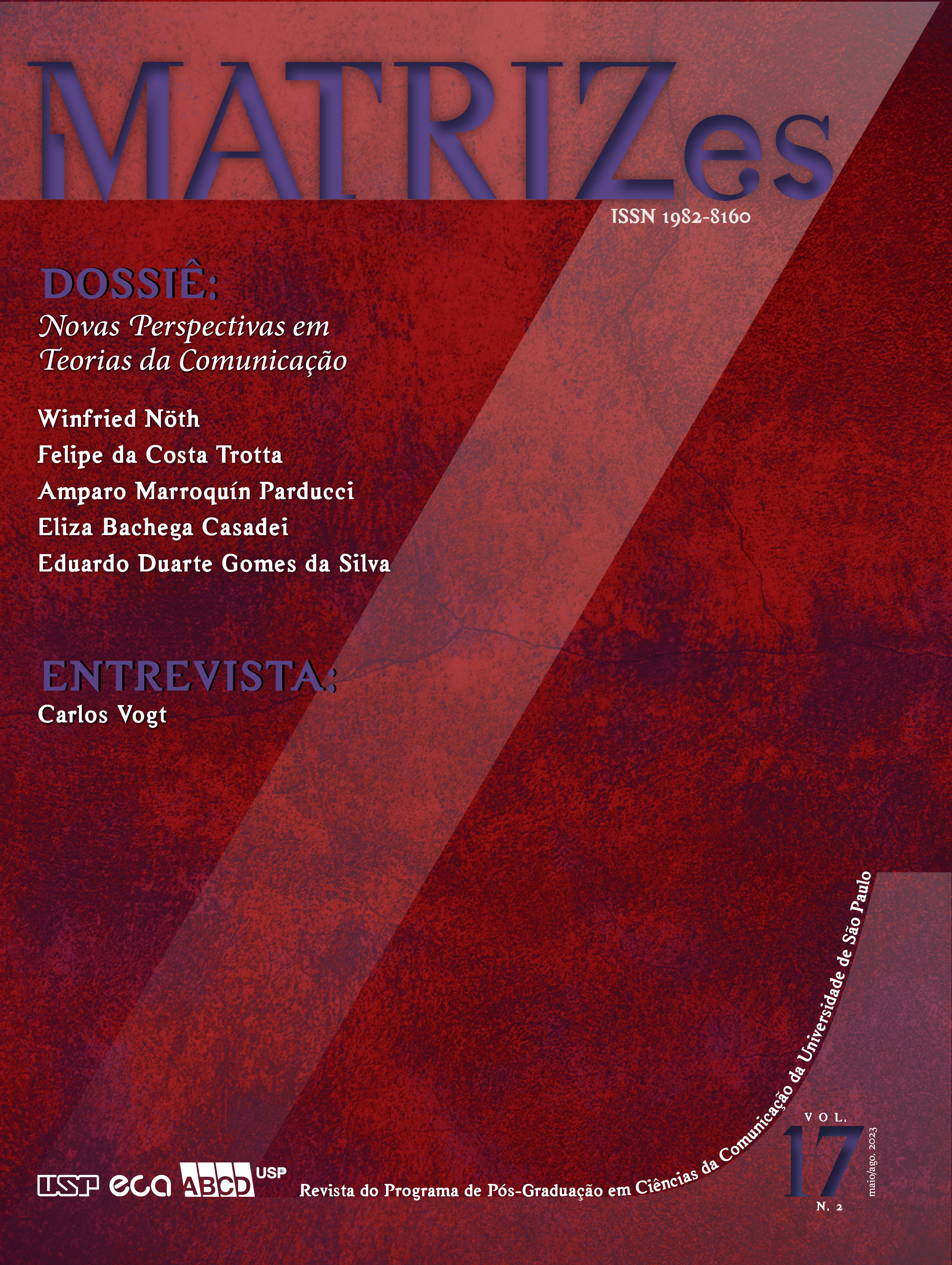As relações entre ciência e cultura: vinte anos da espiral da cultura científica
DOI:
https://doi.org/10.11606/issn.1982-8160.v17i2p121-132Palabras clave:
Divulgação científica, Cultura científica, Ciência aberta, Acesso abertoResumen
A interação entre os diferentes atores sociais que produzem e consomem a informação científica, que codificam e decodificam essas linguagens para que a comunicação seja efetiva, além das especificidades dessas relações, estão representadas na Espiral da Cultura Científica, um modelo de comunicação da ciência desenvolvido pelo linguista Carlos Vogt há 20 anos. Repensar a espiral a partir da emergência de uma nova doença respiratória causadora de uma crise de saúde pública mundial nos faz refletir sobre a relevância, não só da circulação das informações científicas na esfera pública, mas também do modo com que se deu a apropriação desse conhecimento e seu desenvolvimento contínuo a partir de interações ciência e sociedade. Vogt atua há três décadas fomentando a Divulgação Científica no Brasil. Aos 80 anos completados em fevereiro deste ano, ele tem sido incansável em projetos ambiciosos e pioneiros voltados para ampliar o acesso público ao conhecimento científico. Nesta entrevista, Vogt retoma o conceito da Espiral da Cultura Científica à luz das novas conexões estabelecidas entre ciência e sociedade com a pandemia de Covid-19 quando houve uma ampliação ao acesso público ao conhecimento científico.
Descargas
Referencias
Vogt, C. (2003). A Espiral da Cultura Científica. ComCiência, 72. https://www.comciencia.br/dossies-1-72/reportagens/cultura/cultura01.shtml
Vogt, C. (2010). Ciência e bem-estar cultural. ComCiência, 119. http://comciencia.scielo.br/pdf/cci/n119/a01n119.pdf
Vogt, C. (2012). The spiral of scientific culture and cultural well-being: Brazil and Ibero-America. Public understanding of science, 21(1), 4–16. https://doi.org/10.1177/0963662511420410.
Vogt, C., MORALES; A. P. (2017). Espiral, cultura e cultura científica. ComCiência, 191. https://www.comciencia.br/espiral-cultura-e-cultura-cientifica/
Ziman, J. (2001). Getting scientists to think about what they are doing. Science and Engineering Ethics, 7(2), 165–76. https://doi.org/10.1007/s11948-001-0038-2
Descargas
Publicado
Número
Sección
Licencia
Derechos de autor 2023 Germana Fernandes Barata, Mariana Hafiz, Monique Oliveira

Esta obra está bajo una licencia internacional Creative Commons Atribución-NoComercial-CompartirIgual 4.0.
Los autores que publican en esta revista aceptan los siguientes términos:
- Los autores mantienen los derechos de autor y otorgan a la revista el derecho a la primera publicación, con el trabajo licenciado simultáneamente bajo la Creative Commons Attribution License (CC BY-NC-SA 4.0) que permite compartir el trabajo con reconocimiento de autoría y publicación inicial en esta revista para fines no comerciales.
- Los autores están autorizados a asumir contratos adicionales por separado, para la distribución no exclusiva de la versión del trabajo publicado en esta revista (por ejemplo: publicación en repositorio institucional o como capítulo de libro), con reconocimiento de autoría y publicación inicial en esta revista.
Cómo citar
Datos de los fondos
-
Fundação de Amparo à Pesquisa do Estado de São Paulo
Números de la subvención 2021/07577-8






















